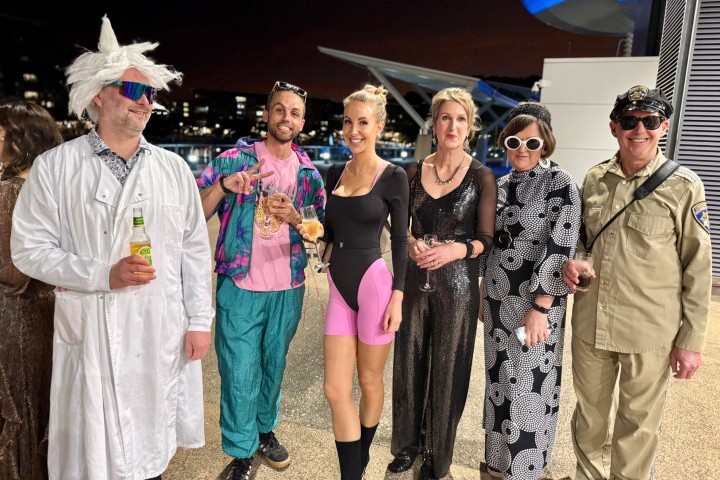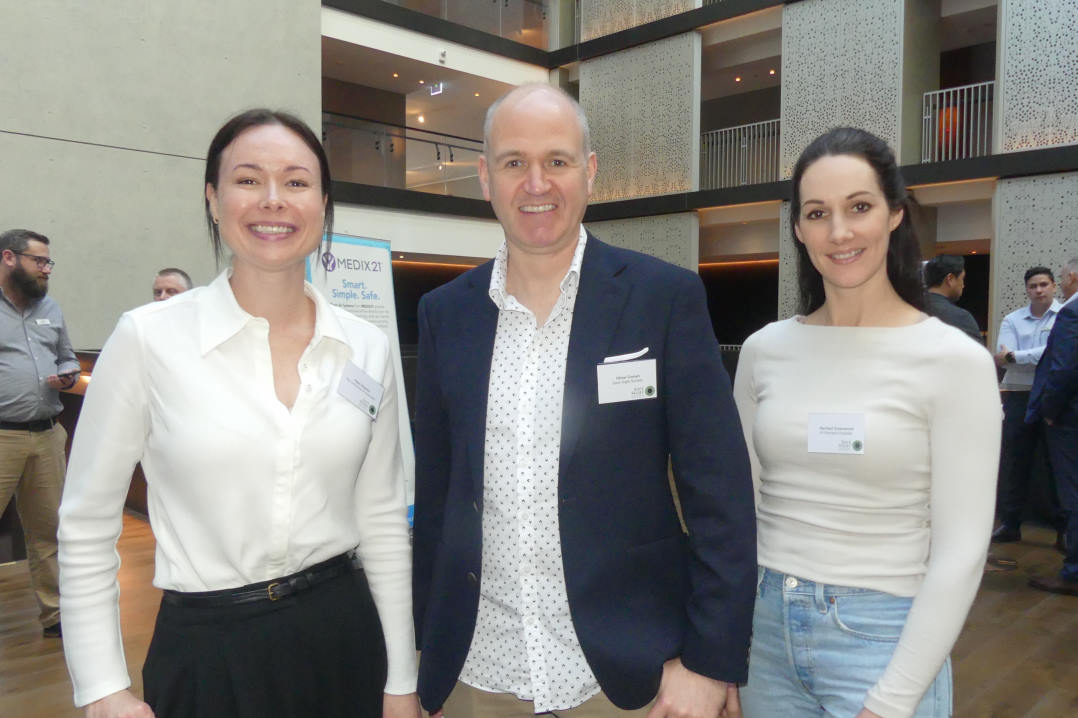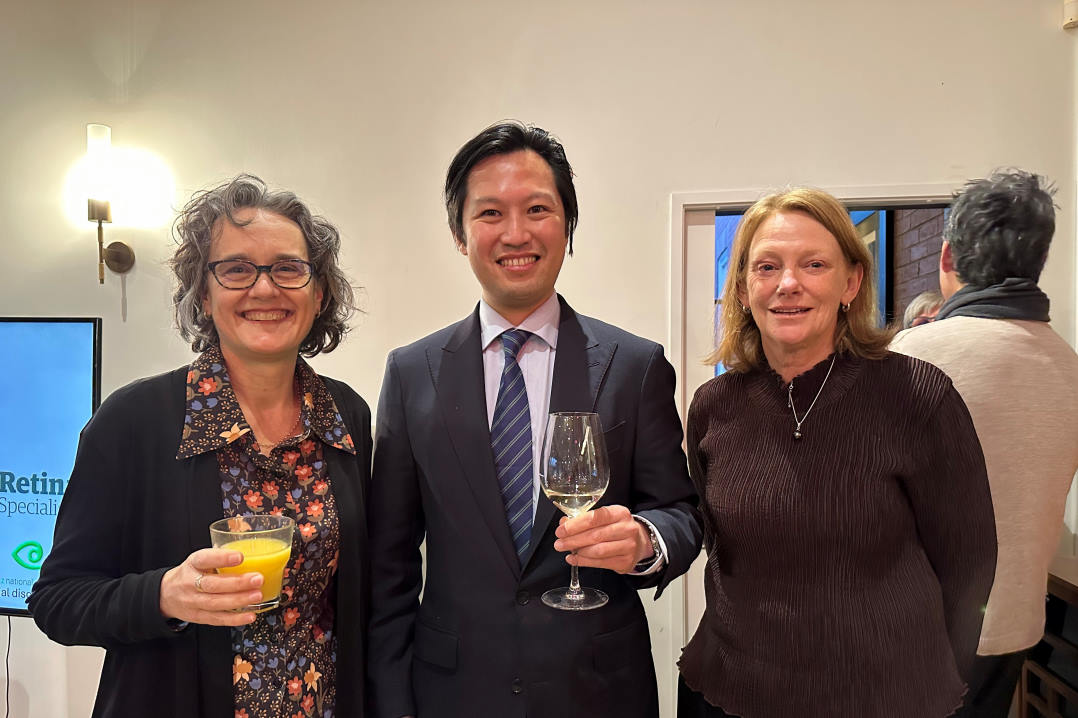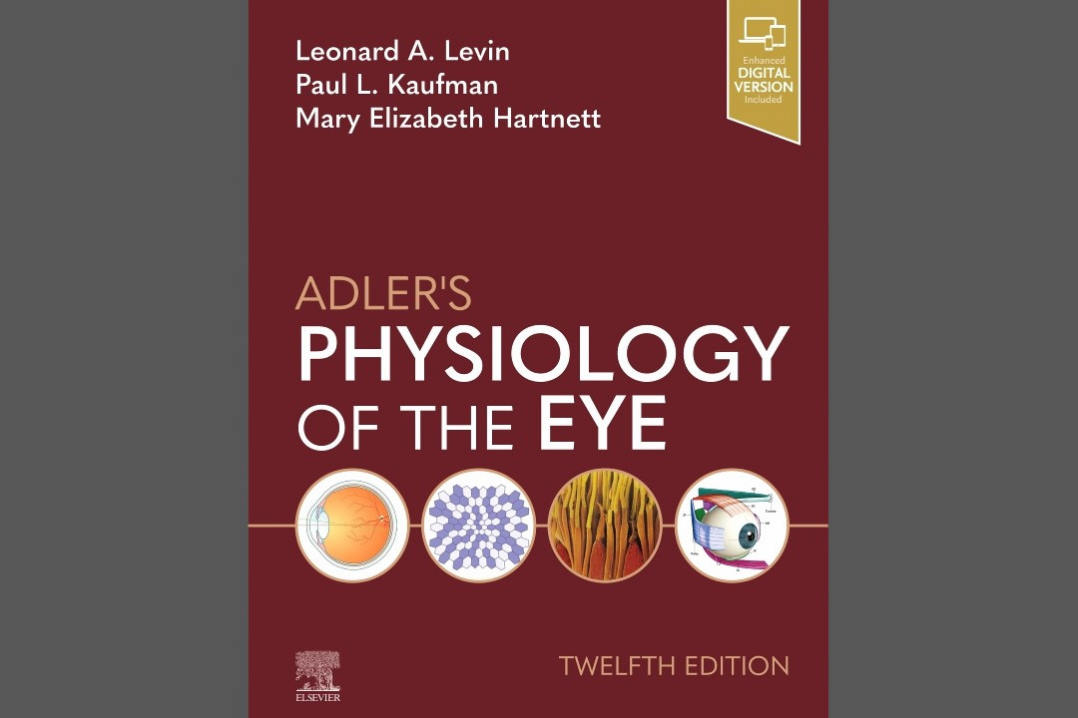Hot topics on a cold evening
The Eye Surgery Associates dinner, hosted by Drs Hussain Patel and Monika Pradhan, was held on a cold, blustery evening at the end of June at the Tamaki Yacht Club in Auckland.
Keynote speaker Dr Graham Wilson, Gisborne’s only ophthalmologist and a senior lecturer at Otago University, was warmly introduced by Dr Patel who shared some lesser known facts about Dr Wilson, including that he’s one of the world’s fastest ophthalmologists as he recently won a large American ophthalmology conference 5km run!
Eyes on the Dunedin Study
Dr Wilson is also the principle investigator for all eye-related matters on the world-famous Dunedin Study, a 40-year, longitudinal study on human health, development, ageing and behaviour, which has been following more than 1000 participants since they were born in the ‘70s.
Now aged 45, 94% of participants turned up to their last check; an incredible statistic accredited to the strict confidentiality surrounding participants, said Dr Wilson. The study has over-turned many commonly held beliefs, such as being born poor is your biggest risk for future wellbeing, finding that it’s actually self-control. It also questions previous thinking on amblyopia, finding it did not impact on motor development, self-esteem, reading, higher education or income. Yet that’s still screened for, when the alarming rise in myopia is not, said Dr Wilson.
Other areas probed by the Dunedin Study include stereoacuity and retinal microvasculature to see how this relates to participants’ overall health, including mental health and IQ. “Our retinal blood vessels aren’t just telling us about heart attacks and strokes, but who and what we are!” said Dr Wilson. The study is also asking whether age-related macular degeneration is an ocular manifestation of systemic aging or purely an ocular disease, how cannabis affects the eye, how prevalent is dry eye, and can we really detect dementia and heart disease by looking into the eye?
“The Dunedin Study is a gold mine of information; a jewel in the New Zealand science research crown and it’s a privilege to be involved,” said Dr Wilson.
IOFBs and glaucoma referrals
Dr Monika Pradhan then discussed intraocular foreign bodies (IOFBs), which account for up to 40% of penetrating eye injuries and usually affect young males between 18 and 40 years old. They can be toxic if they result from certain types of metal, such as copper, or vegetable matter, both which require removing as soon as possible. Inert FBs, such as precious metals like gold and platinum or non-organic materials, such as glass, stone or rubber, are not as urgent, but still require treatment and are best removed in theatre, unless on the lid or lying in fornices, she said.
If a patient presents with a vague feeling of something entering the eye, pain and some vision loss, have a high degree of suspicion and assess quickly to ensure it’s not a toxic FB, Dr Pradhan added, but don’t use gonioscopy as that may put pressure on the FB.
Dr Patel following outlining the differences in New Zealand’s district health board (DHB) and RANZCO’s glaucoma referral guidelines and testing the audience’s referral instincts with a series of case studies. The DHB guidelines were better when it came to knowing when to refer a glaucoma suspect and the RANZCO guidelines were more useful as a guide for collaborative care, he said.
More hot topics in ophthalmology
Dr Wilson then returned to share some more “hot” ophthalmic topics. This included the work of Professor Shigeru Kinoshita, chair of ophthalmology at Kyoto Prefectural University of Medicine, whose research into endothelial cell culture and transplantation is transforming corneal surgery and providing hope that one day endothelial dysfunction can be treated by injecting cells or, even, eye drops.
Another breakthrough was the regenerative power of stem cells, which has generated a plethora of international research, including from the University of Auckland, and some exciting treatment breakthroughs in age-related macular degeneration. While, from our own shores, there’s news about a new world-leading MRI lab in Gisborne, ophthalmology trainee and social enterprise entrepreneur Dr Sheng Chiong Hong’s oDocs nun, a portable smartphone ophthalmoscope, capable of both mydriatic and non-mydriatic retinal imaging; and a breakthrough Otago University study showing that a little more spent on sorting out people’s cataracts earlier could save a lot more costs from serious falls.
The biggest news of the night, however, was left until the end of the evening, when Dr Wilson stunned the audience with the great news that RANZCO was now supporting training of hospital optometrists to provide ant-VEGF injections to treat more patients in a more timely and far more cost-effective manner.
“I’m very keen to promote optometrists in their role in the health system in New Zealand. There is a downside to change, but I think we all know that change is an essential part of the modern world that we live in,” said Dr Wilson.
























